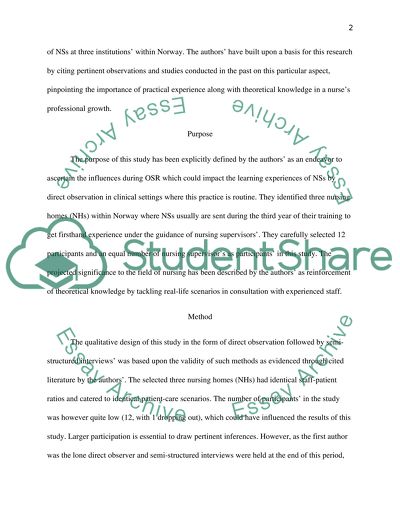Cite this document
(“The Oral Shift in Learning of Nursing Students Research Paper”, n.d.)
Retrieved de https://studentshare.org/education/1392158-qualitative-research-critique
Retrieved de https://studentshare.org/education/1392158-qualitative-research-critique
(The Oral Shift in Learning of Nursing Students Research Paper)
https://studentshare.org/education/1392158-qualitative-research-critique.
https://studentshare.org/education/1392158-qualitative-research-critique.
“The Oral Shift in Learning of Nursing Students Research Paper”, n.d. https://studentshare.org/education/1392158-qualitative-research-critique.


